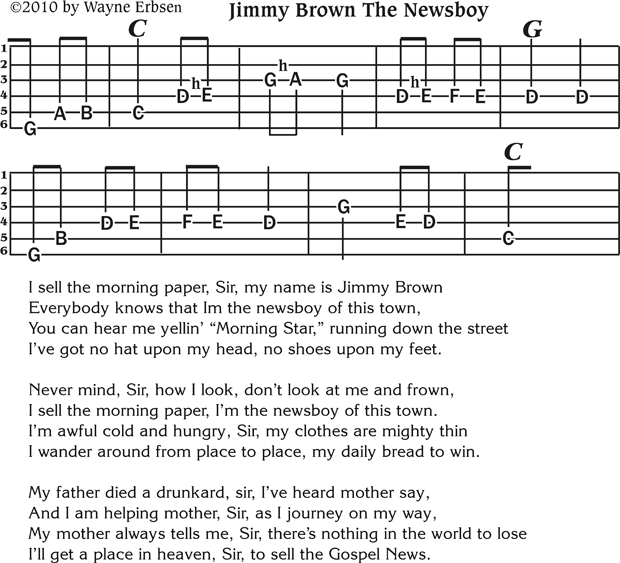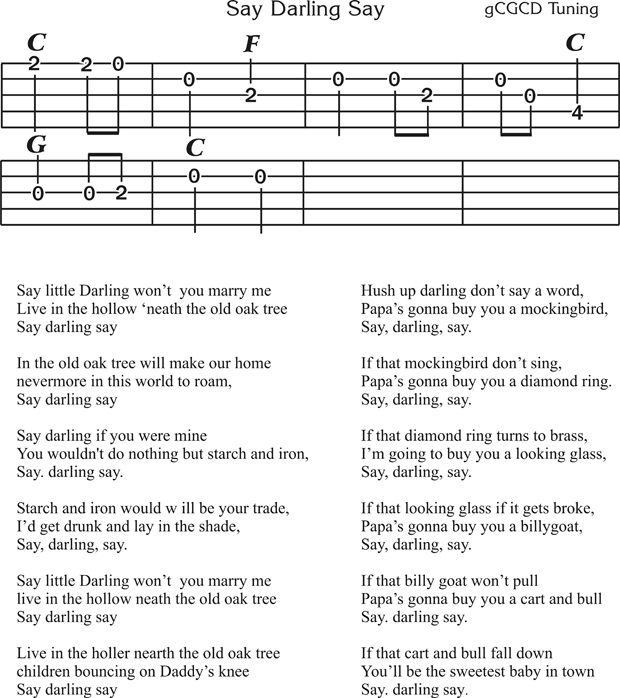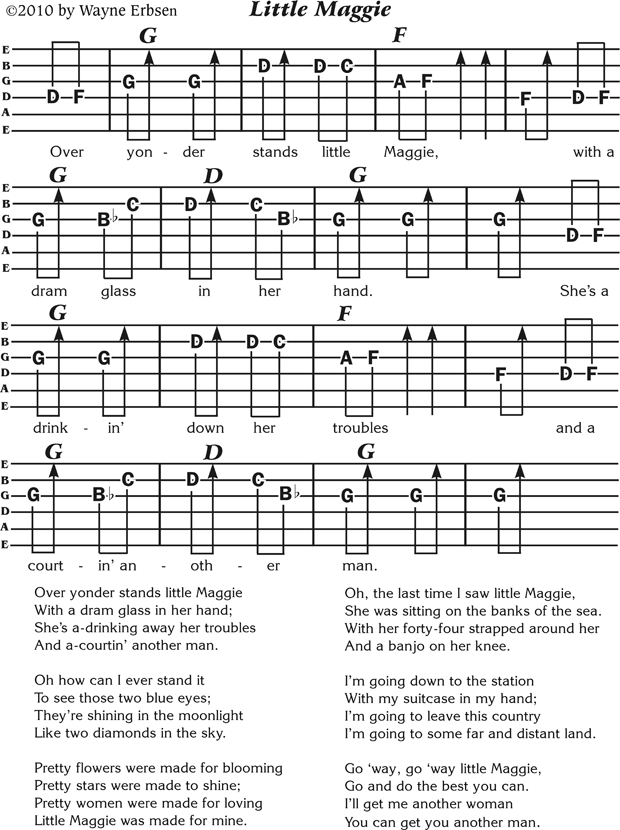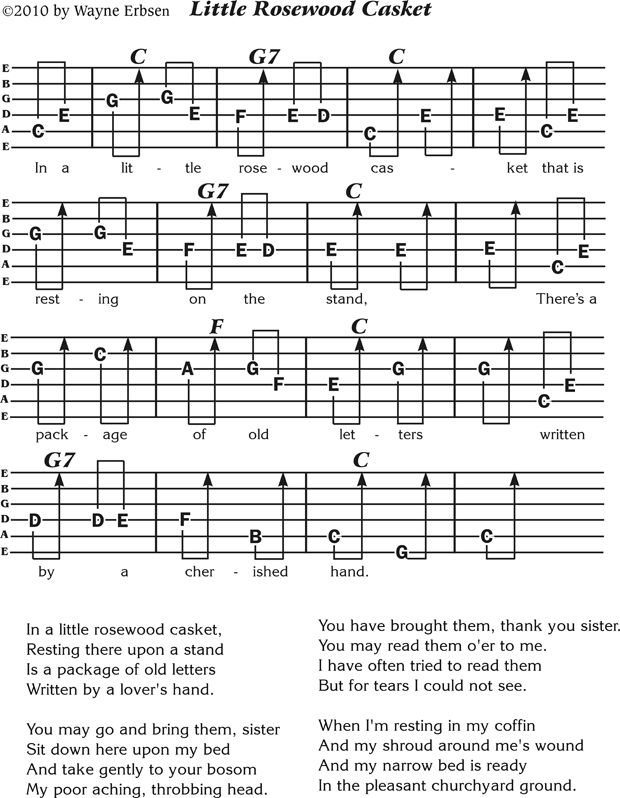By Bob Smakula
First, play the guitar. Is there excessive buzzing? Is it too easy to play or do you need hydraulic-assisted fingers? String height is determined by several factors. Nut height, saddle height, neck curvature and neck angle all make one guitar’s action better or worse than another’s. String height can be changed to suit any playing style. My opinion of ideal string height for a steel string guitar (measured from the top of the fret to the bottom of the string at the 12th fret) is 1/16″ at the high E gradually increasing to 3/32″ at the low

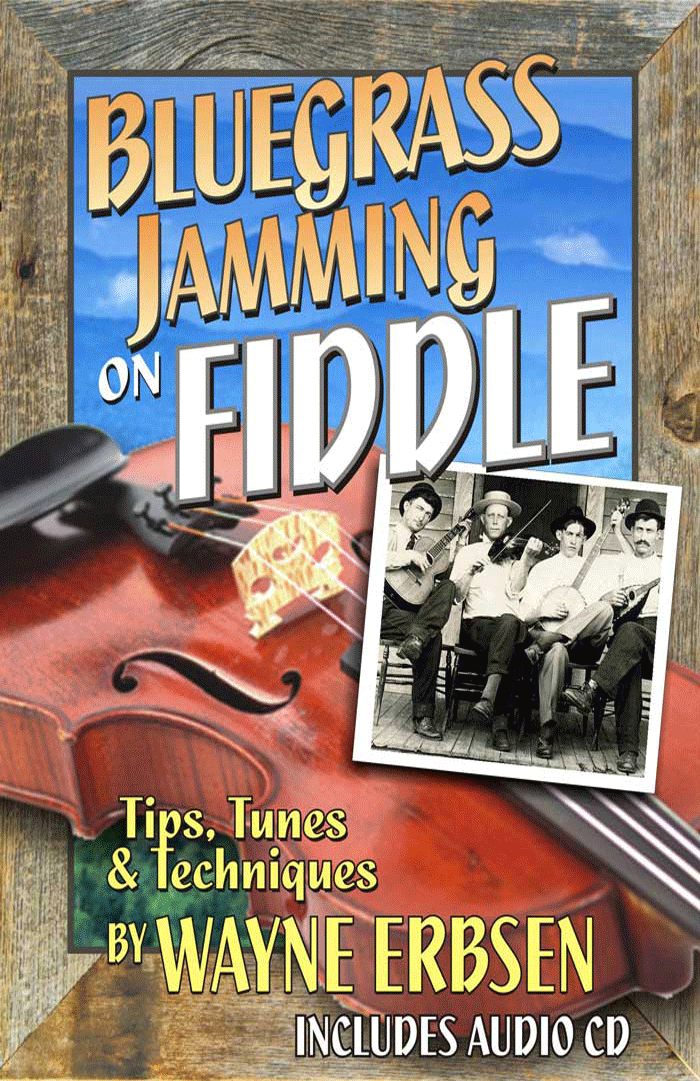
 A while back I was invited to bring an instrument to a potluck party of some friends of mine in the mountains near Asheville, North Carolina. I brought along my fiddle in the hopes of finding some bluegrass musicians to jam with.
A while back I was invited to bring an instrument to a potluck party of some friends of mine in the mountains near Asheville, North Carolina. I brought along my fiddle in the hopes of finding some bluegrass musicians to jam with. Most ukulele clubs meet weekly, often at a café or restaurant. There is a big circle of ukulele players of varying levels strumming along to tunes. The tunes are often chosen by a leader, and are written
Most ukulele clubs meet weekly, often at a café or restaurant. There is a big circle of ukulele players of varying levels strumming along to tunes. The tunes are often chosen by a leader, and are written 